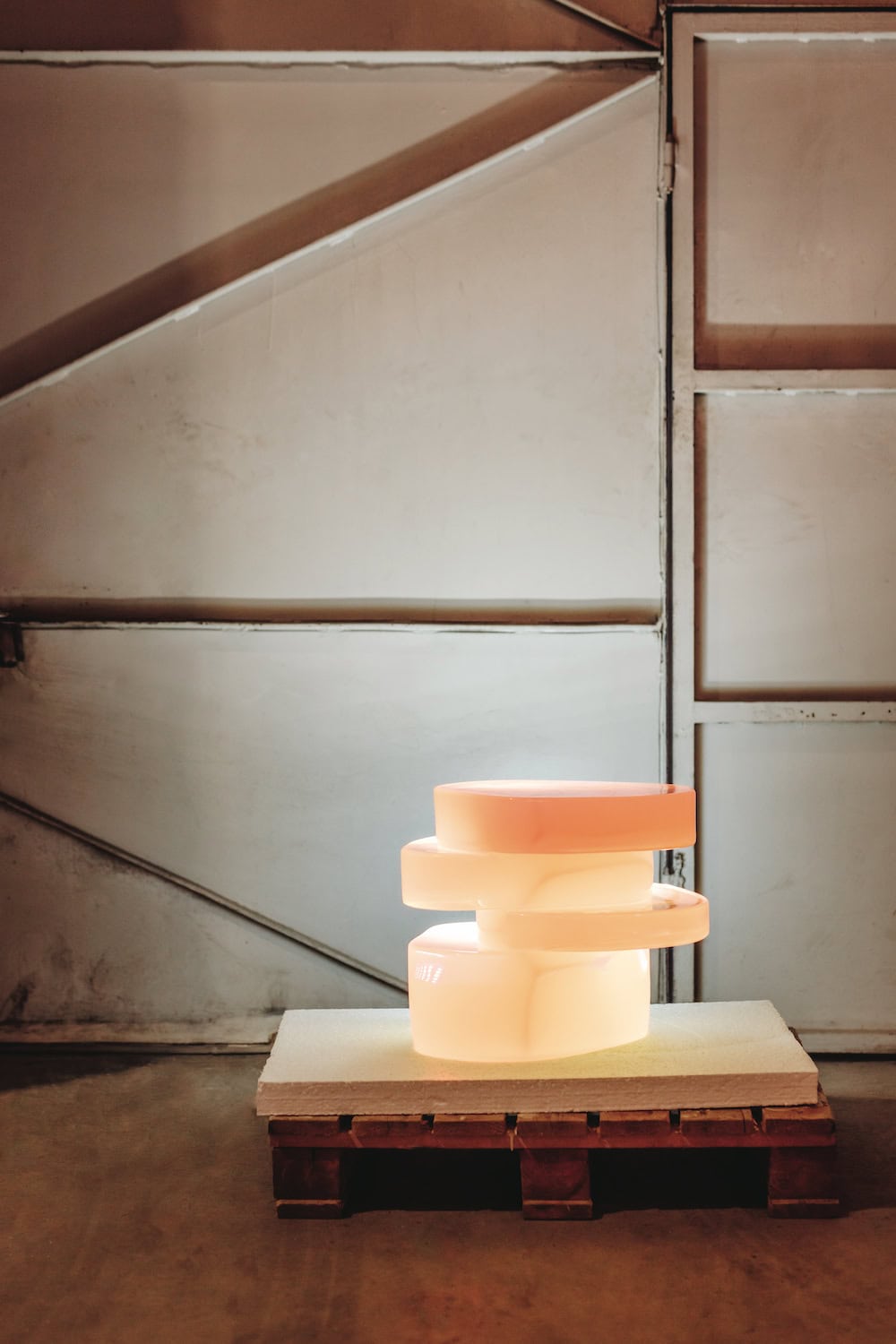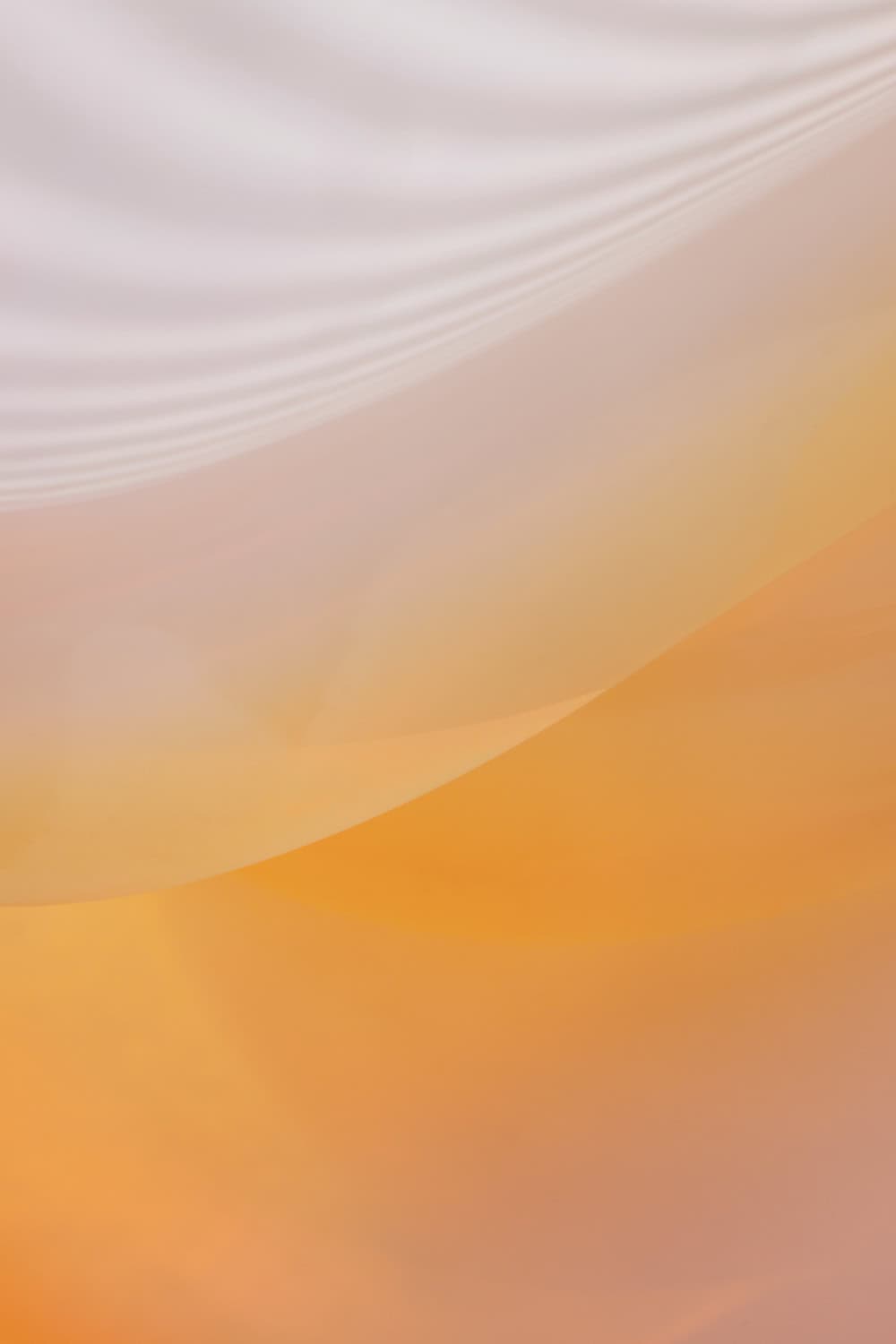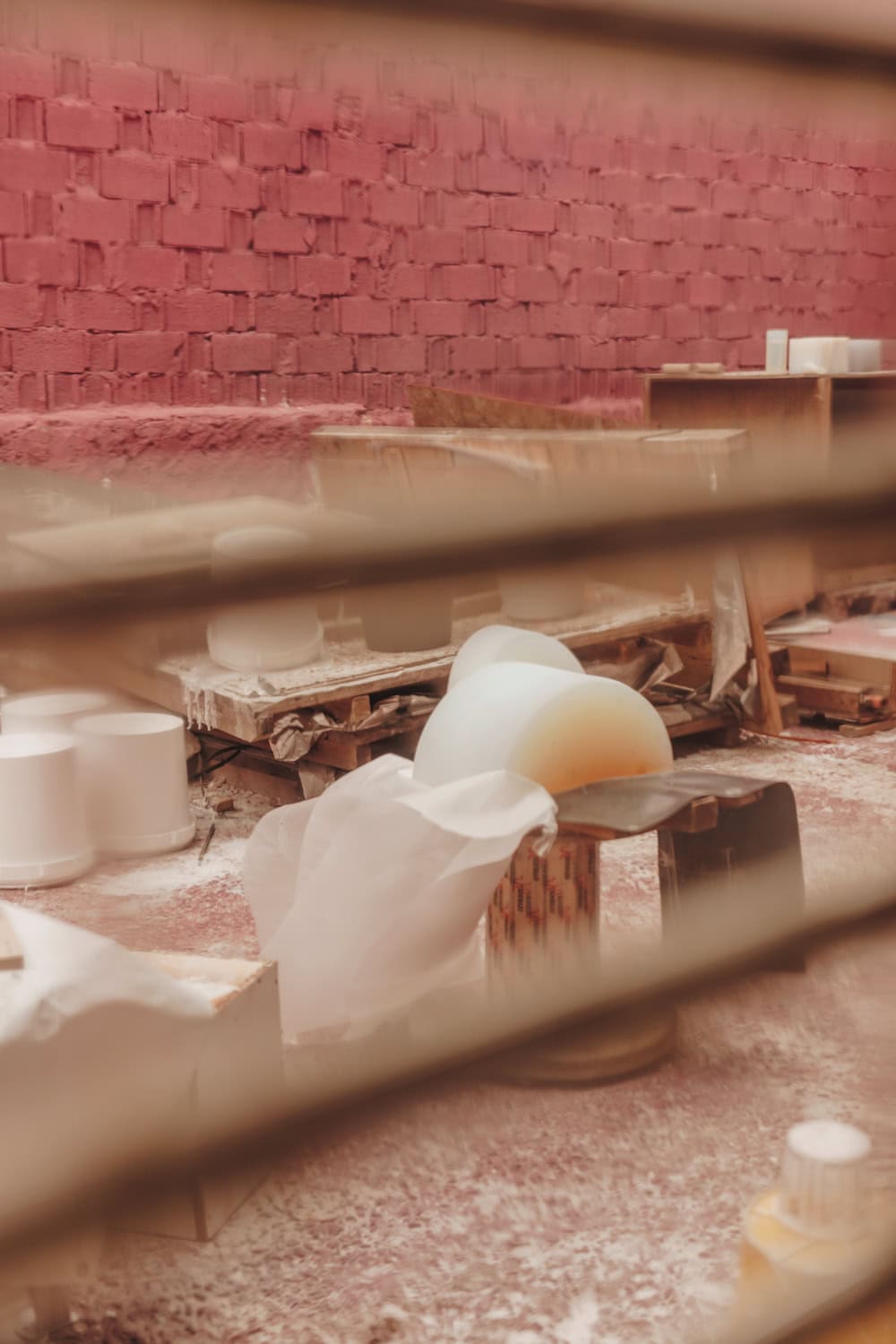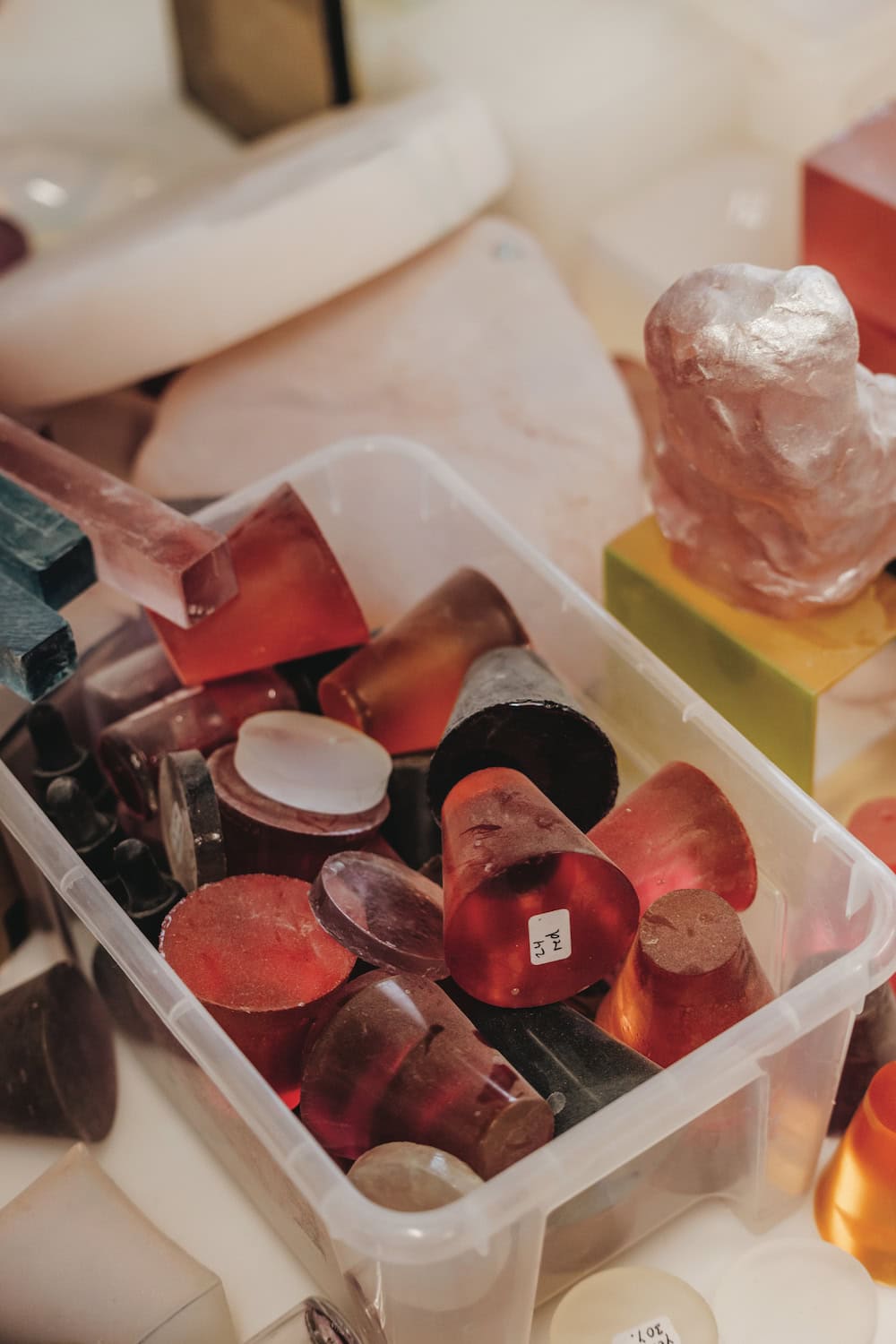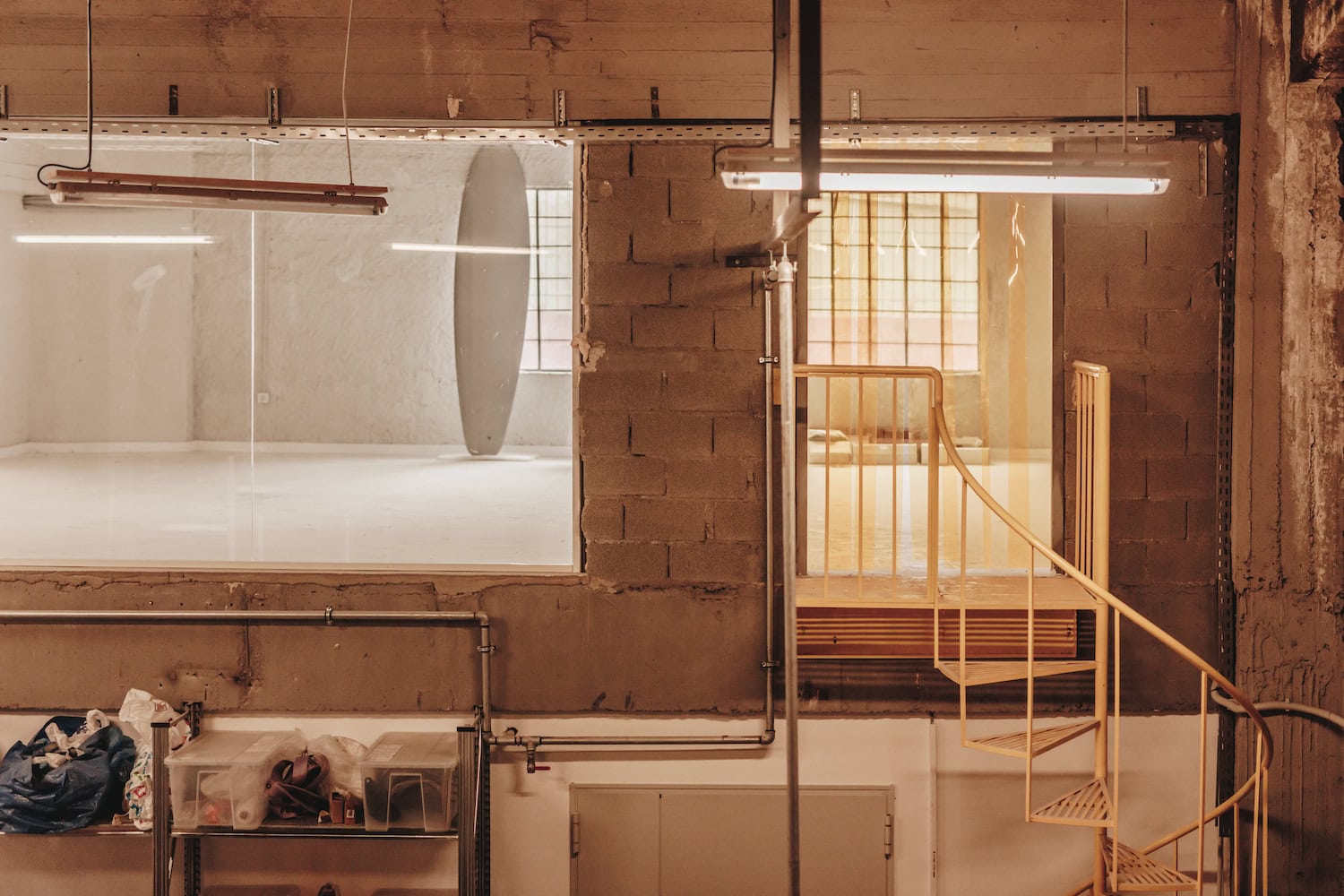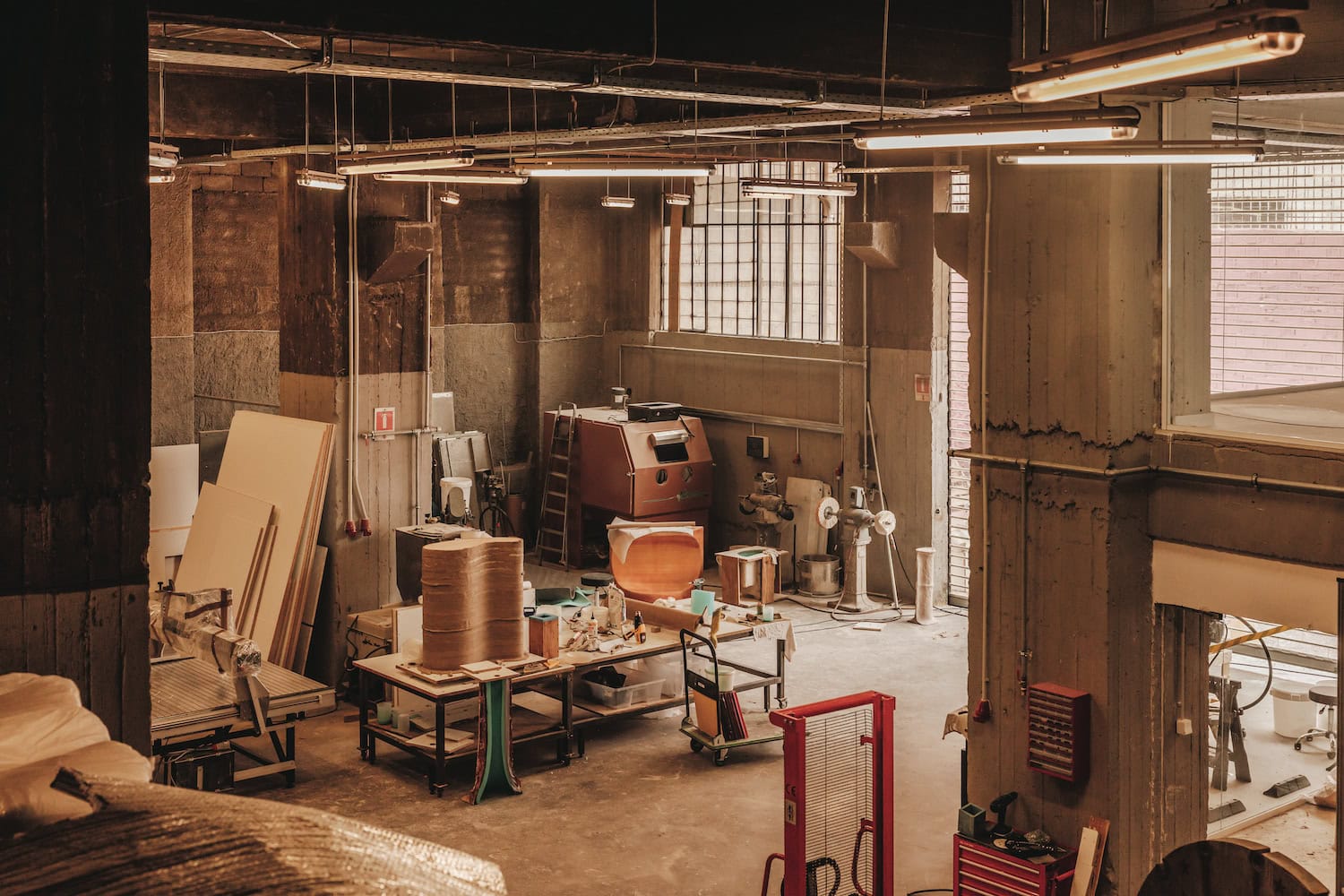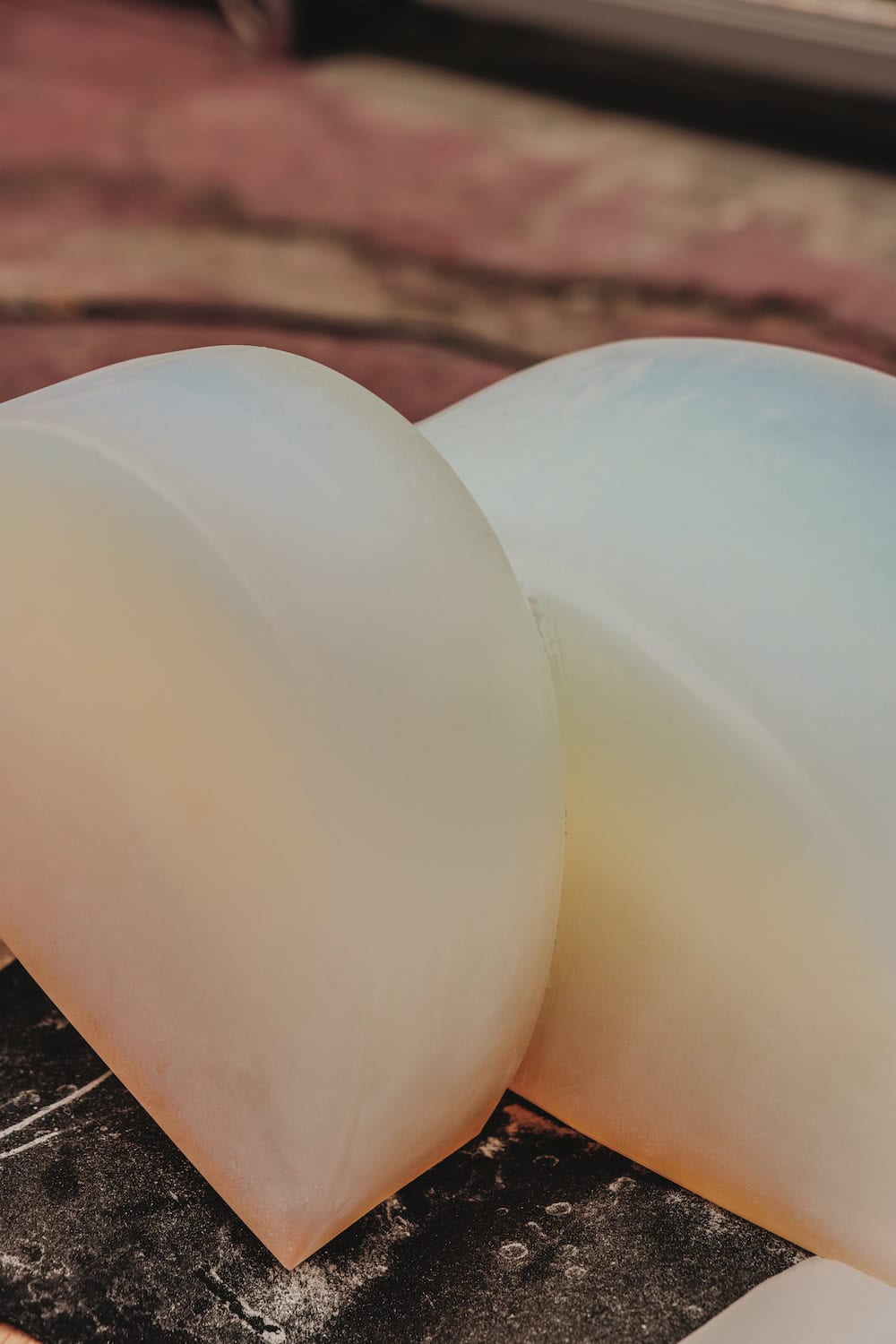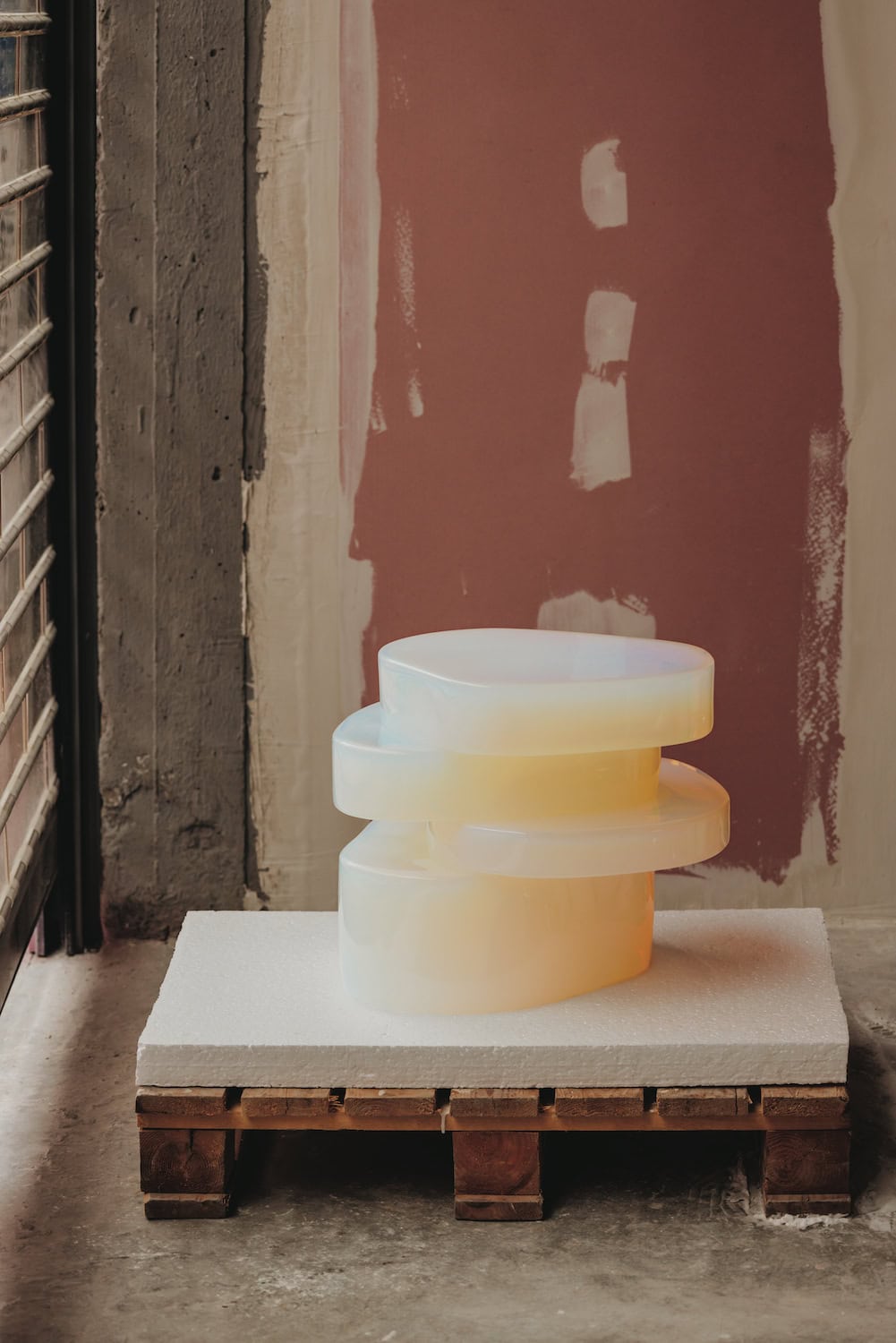Have you ever wondered whether objects come alive at night? We think about it often and perhaps it’s just the Baader-Meinhof Phenomenon (or the so-called “frequency illusion”), but it feels like the discussion over things having a life, or at least a kind of energy, is becoming a topic of interest. If objects did indeed have some kind of power, it would easily explain at least part of our intimate relationships with much that surrounds us. One of the most interesting takes on this poetic understanding of things is the work by research and design studio Objects of Common Interest. Their installations, experiential environments, and creations are hard to forget; subtle but curious, elegant but unexpected, and simply different. They gently invite us to intimately appreciate things and to partake in a reciprocal experience between people, inanimate beings, and spaces, unveiling a hidden movement between all three.
There is another person who comes to mind when discussing the magical power of objects: Nina Yashar, founder of the now iconic Milanese Nilufar Gallery. Since 1979, she has dedicated her life to researching, studying, and most importantly feeling some of the most original expressions of design around. Indeed, when talking about objects, she refers to them as beings and cares for them as such. With this shared appreciation, it comes as no surprise that for the much-anticipated Milan Design Week 2023, Objects of Common Interest will be occupying the giant atrium of the Nilufar Depot (the 2,000 square metre exhibition and cultural space opened by Yashar a few years ago on the outskirts of Milan) with Poikilos, an exhibition curated by Studio Vedet. We visited Objects of Common Interest founders, Eleni Petaloti and Leonidas Trampoukis, at their Athens studio to discuss the new installation and the experiences humans can enjoy with the magical power of things.
Objects of Common Interest met Nina Yashar back in 2019, when Valentina Ciuffi, founder of Studio Vedet, invited Eleni and Leo to present a collection as part of FAR, a parallel curatorial programme held within the Nilufar space. That’s how the collection Daydream came to be. “We’ve always had a lot of respect for the gallery; the Depot in particular has always been a place we wanted to visit, to study the dialogues created through the exhibitions and to simply see the space. Space, as we are both trained architects, is important to us, and Nilufar Depot is quite astounding. Daydream was a very interesting collaboration that happened remotely because of the pandemic: we exchanged creative dialogues with Valentina and Nina through voice messages. It was a strong concept, with pieces that could be connected and dismantled using magnets, allowing the user to change the objects’ configuration as they felt like it, in an ongoing relationship with them”.
The Daydream collection featured metal and aimed to trigger constant dialogue with its users, while Poikilos will be a monomaterial exploration of resin through seats, tables, lamps, and vases. “Pikilia is an ancient Greek word that means variety. Thinking of the Nilufar Depot, we wanted to conceive a collection that was going to be multifaceted while using one single material. This April, as soon as you enter the Depot’s atrium space, you will see the whole exhibition in white; but when the light hits the pieces, they will almost catch fire, because the material interacts with the light conditions around it.” We are talking about resin’s magical iridescence and as Valentina Ciuffi explains in her curatorial text for the 2023 exhibition: “Iridescence is among the most elusive visual phenomena; it seems to exist only at the moment we are seeing it and is different for each of us depending on our location, the light around us, the gaze, the time of day, and perhaps even our mood. It has the charm of the dazzling and unexpected, things that vibrate and cannot stand still. It is no coincidence that the earliest references to the concept of iridescence—which date back to ancient Greece—refer to the coat or skin of living creatures. Poikilos was, in fact, the word used at the time to describe the mottled fur of a running leopard or the iridescent skin of a snake. Iridescence seems to originate from a movement or movements and remain alive in them.” Poikilos moves, quite literally, the focus to the many, if not infinite, ways in which one can experience objects. An experience that indeed requires viewers and users to move around and within the objects themselves. When discussing their monumental installation Lights On, presented in Bergamo earlier this year, Objects of Common Interest tell us: “We never like people to arrive, admire and leave. We want people to spend time there, see the place from different viewpoints, and find new ways to engage with it all the time. Our work is made to change according to perspectives, different times of day, lights, or weather; our work is a changing experience. While the material doesn’t change, what does change is the relationship with the environment.”
Just as Lights On was site-specific, Poikilos was conceived specifically for Nilufar Depot, thinking of how the objects could be staged to offer a certain way of experiencing the space. “It is the same feeling transformed in a different way. We have done a lot of colour in the past and the Nilufar Depot is usually filled with numerous objects, colours, and textures. We decided to contrast this tendency and render the installation a strong monomaterial presence. We conceived Poikilos to be a quiet moment but while being the opposite of loud, it can nonetheless become loud. It will look subtle at first, but the further you look, the more richness is unveiled.” Nina Yashar tells us that it is precisely the studio’s desire and drive to invite people to stay, engage and appreciate objects in a more profound understanding that encouraged this collaboration: “Objects of Common Interest have a truly singular understanding of the relationship between materials and people; they don’t mould objects per se, their end goal is to trigger an action, a curiosity, a question. And that is exactly how I conceived the Nilufar Depot space.”
The studio further describes its work, mentioning “a fixation with materiality, concept, and tangible spatial experiences”, undoubtedly all key protagonists of Poikilos. We have to go back in time, to when Eleni met Ovidius, a Romanian master, craftsman, and innovator working in a Long Island workshop entirely dedicated to producing and experimenting with resin. With an unparalleled passion for the craft of resin, Ovidius developed innovative and secret recipes, inventing techniques that were unique then and still are today. Thus, the designer met the craftsman. When Ovidius retired in 2019, he left his wealth of knowledge and innovative machinery to Eleni and Leo, who transported them to a large space in the Piraeus industrial zone of Athens (now their studio). And the animated objects from the Poikilos exhibition actually owe their iridescent movement to a recipe devised by Ovidius. In its liquid form, this potion of opalescence with crazy visual effects is poured into moulds and, once solid, treated manually as one treats any natural material, such as marble or wood. It is an absolutely unique approach to resin, avoiding the classic processing in which squared blocks are cut and shaped using, for example, CNC-controlled machines. “The production of Poikilos is fully handmade by us, from beginning to end. It sits in between the perfect and imperfect; you can see traces of hands, which bear witness to care and life, which is unprecedented for resin.” Valentina Ciuffi once again comments: “The idea of these changing forms and this continuous transformation from liquid to solid, seems to be the most natural origin for the ethereal creatures on display at Depot. […] Iridescence is not on the surface but suspended, a magma that pulses differently from within all these things, and changes, continuously. Almost another version of those wild, mottled cloaks from ancient Greece, a contemporary form of Poikilos.” We asked Eleni and Leo if they think this is the start of a new craft and they agreed.
We also asked if they think objects have some sort of life: “When you have to decide where to place a certain object within your space, you have to decide how you want the dialogue with the object to be. It is not a simple decision of where it might fit but a more complex and interesting relationship with the object.” Eleni tells us that her grandfather used to collect pieces of 1960s and 1970s Italian design and that when she was little she associated the word “objects” with him specifically, as it was the expression of their relationship. In a way, she tells us, objects should be treated as an extension of feelings, rather than just owned items, and we should engage in a constant and slow relationship of discovery. The more we think about it, the more it becomes clear how Objects of Common Interest expose the hidden movement within still objects; it is a movement that originates from being open to different perceptions, by treating the material as live matter and giving it time to reveal itself, by being around inanimate beings, experiencing, discovering, and considering them as more than just things. Objects of Common Interest invites us to go beyond the obvious, to take our time, to embrace the dynamism and fluidity of life, and to find enrichment from recognising it not only in our human experience but in everything that surrounds us, even in inanimate beings. In their practice, objects of common interest do come alive at night.
